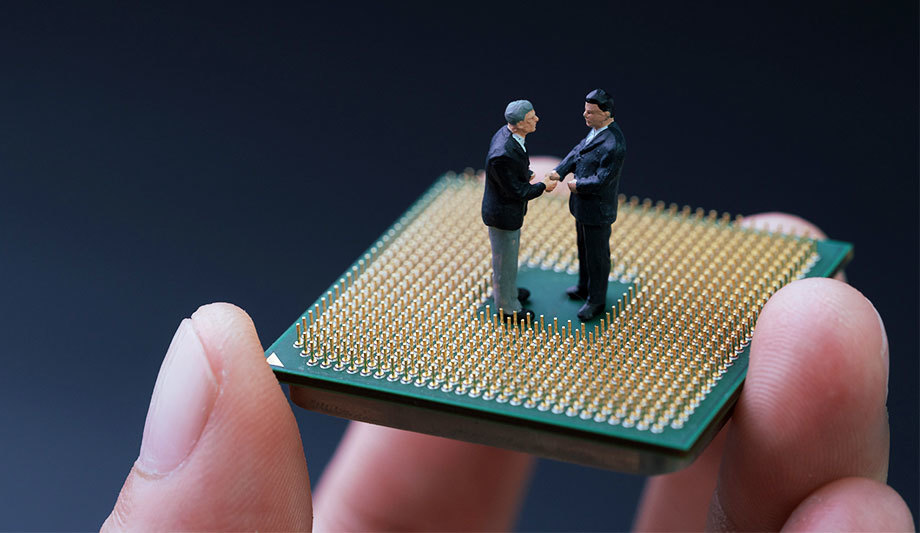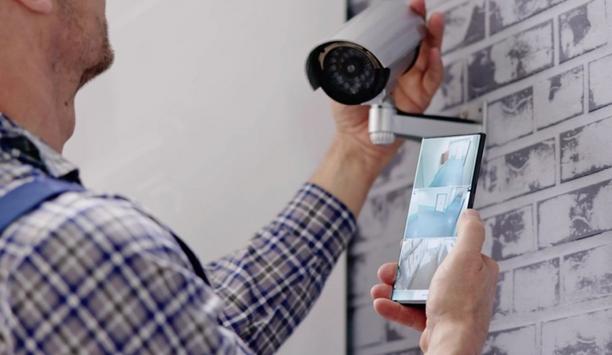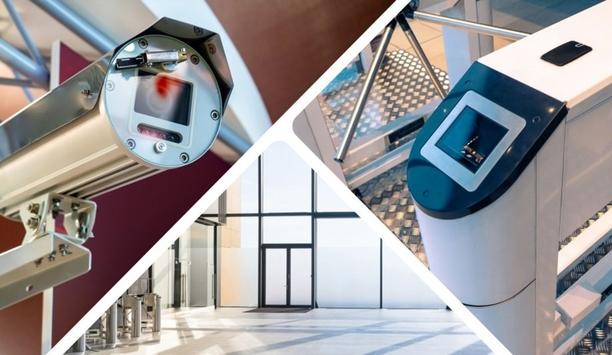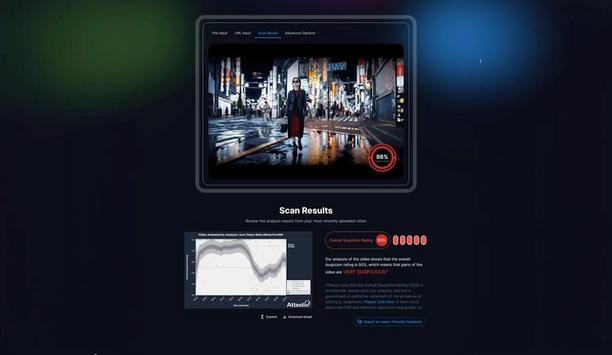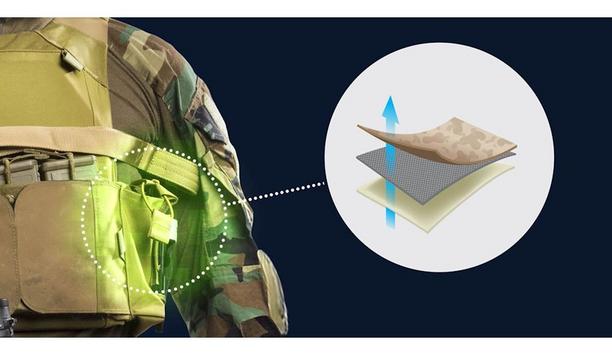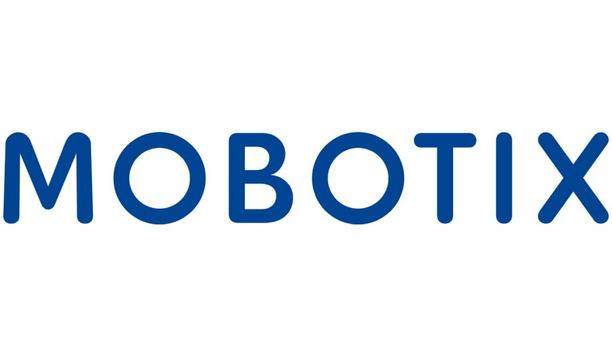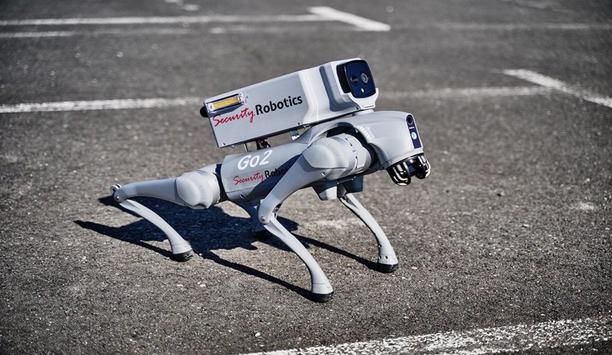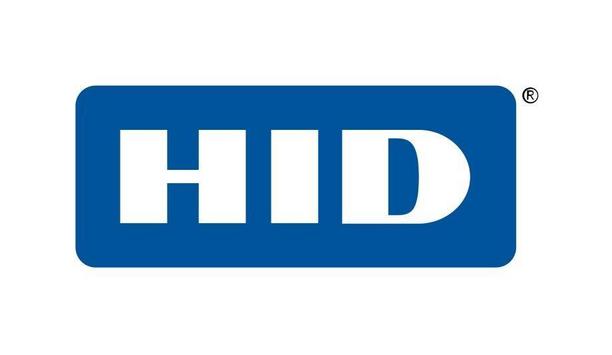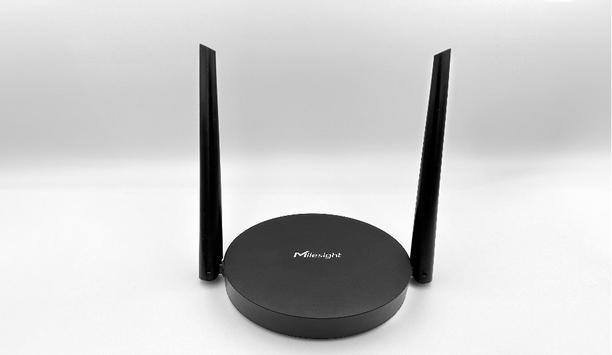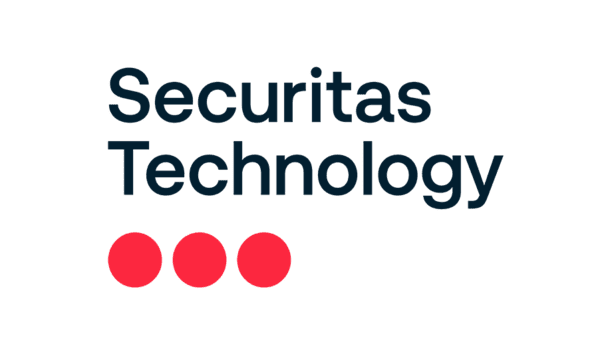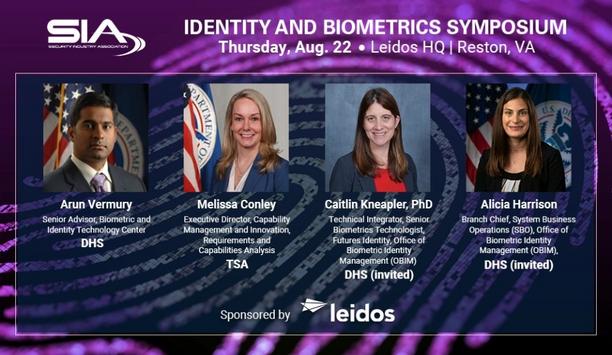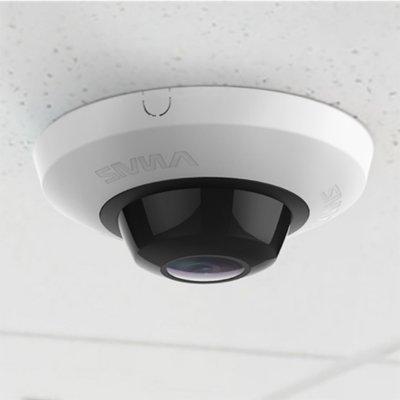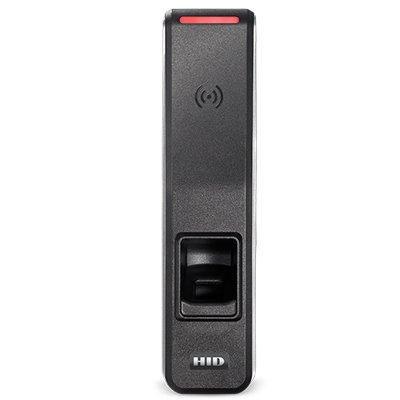Has Consolidation Shifted To The Security Integrator/Installer Market?
Editor Introduction
Consolidation – a decrease in the number of companies in a market achieved through mergers and acquisitions (M&A) – has been an important trend among manufacturers in the physical security market for many years. More recently, the trend has also appeared to extend to the integrator market. Larger integrators have been buying up other large integrators; in some cases, they have also been buying up smaller, regional integrators to expand their geographic coverage area. We wondered if this week’s Expert Panel Roundtable has noticed the trend. We asked: Has consolidation among security companies shifted to the integrator/installer market? What is the impact?
We are seeing a phase of significant consolidation in the integration sector. However, it has been the case for the alarm industry for many decades that there is ongoing consolidation that is happening and will continue to happen. There is a sub-trend within fire and life safety consolidation, but the bigger and much more dominant trend is the strategic consolidation across security integrators. Among other factors, two things that have impacted the integrators are: 1) increased competition that led to a decline in price and margin, and 2) heightened awareness of physical and cyber security threats that increased the need to employ a tech-savvy end-to-end security integrator. More than ever, we see that customers require an integration partner that understands the convergence of physical and cyber and can offer a scalable and data-driven integrated security solution that standardizes disparate platforms, improves system efficiencies, and protects against current and future security threats.
The largest 15 video surveillance vendors account for around 58 percent of global revenues. Conversely, the largest 15 systems integrators only account for 16 percent of global revenues. One reasons for the difference is that systems integrators require a significant human presence within a region. As such, it is harder for systems integrators to grow organically outside their home market. Mergers and acquisitions allow companies access to a new geographic market or customer base, or to add to their existing portfolio of service offerings. Some of the key mergers and acquisitions that have further consolidated the largest vendors include: the merger of Tyco with Johnson Controls, the acquisition of Diebold’s North American electronics security business by Securitas, and the acquisition of ADT by Apollo Global Management and merger with Protection 1 and ASG Security. IHS Markit expects that the use of mergers and acquisitions to supplement organic growth will continue
The access control market has always been a slow market to move in technology, architecture, and shifts in manufacturers. The consolidation that has occurred with the recent acquisition of Mercury Security by ASSA ABLOY is not an exception to this trend in terms of speed. This acquisition will not slow down the overall adoption of IP access control hardware, wireless locksets, electronic credentials or ACaaS services. The consolidation within the integrator market, while significant in terms of the corporations involved, does not seem to have an appreciable impact on the overall security market. The security integrator market is extremely fragmented and a mostly local and regionally driven market. The national and global integration businesses tend not to penetrate local markets well with the exceptions of Fortune 1000 and state and limited local governments.
There has been a consolidation in the integrator/installer space for many years now. Just think about all the acquisitions that the likes of ADT have made over the years, and also the acquisitions that have been enacted by organizations such as NG Bailey, Stanley and Chubb. Historically, this has generally revolved around larger players buying smaller ones. Often this approach has been used to grow their business inorganically, expanding out their geographic and market presence of their services to leverage more from their infrastructure. Looking to the future, however, perhaps the next big question is whether this existing activity will continue to grow and encompass consolidation at the larger company level? Certainly, this makes perfect sense for particularly large and wealthy security companies, who have greater ambitions in the market and want to invest in bigger expansion deals, even though the risks are inevitably higher too.
The bell curve of the industry consolidation lifecycle has natural and predictable outcomes during its stages of development. Inevitably as the industry reaches the top of the activity bell curve, manufacturers, their products and system integrators are combining for efficiency. This happens because the technologies have matured, and the industry has been less disrupted by new innovation. We should not be surprised by the integrator consolidation trends also following suit in the security marketplace. Ideally, industries can experience a longer lifecycle if they can be periodically disrupted and enjoy a flood of new innovation to power a completely new bell curve of growth and opportunity. Even as we see consolidation in the security industry, we should be excited that innovations such as AI will open up new opportunities for technology, new manufacturers, expanded market share potential, and further system integrator expansions for incumbents and new entrants alike
Editor Summary
Integration tends to be a localised business that requires “boots on the ground” and effective management of local operations. Even so, larger integrators can sometimes benefit from economies of scale and by replicating approaches that work in one geographic area to achieve success in other areas. These aspects of the integration business suggest an opportunity for more consolidation among integrator and installer companies. A challenge is to achieve the consolidation without compromising the quality and efficiency of the “local touch.”
- Related companies
- ADT Fire and Security
- Apollo Security
- Chubb
- Milestone Systems
- TDSi
- Tyco International
- STANLEY Security
- Johnson Controls, Inc.
- Diebold Incorporated
- ISONAS, Inc.
- Mercury Security, part of HID Global
- ASSA ABLOY
- Securitas Security Services USA, Inc
- ASG Security US
- Protection 1
- NG Bailey IT Services
- Imperial Capital
- IHS Markit
- Related links
- ABLOY Access control systems & kits
- Apollo Security Sales Access control systems & kits
- ASSA ABLOY Access control systems & kits
- ISONAS Access control systems & kits
- Johnson Controls Limited Access control systems & kits
- TDSi Surveillance cameras
- TDSi Access control systems & kits
- ABLOY Electronic lock systems
- Adams Rite / ASSA ABLOY Electronic lock systems
- ASSA ABLOY Electronic lock systems
- Chubb Electronic lock systems
- Corbin Russwin Electronic lock systems
- HES, Inc. Electronic lock systems
- ISONAS Electronic lock systems
- Sargent Electronic lock systems
- TDSi Electronic lock systems
- TDSi IP cameras
- Trimec Electronic lock systems
- Related categories
- Surveillance cameras
- Access control systems & kits
- Electronic lock systems
- IP cameras
- View all news from
- ADT Fire and Security
- Apollo Security
- Chubb
- Milestone Systems
- TDSi
- Tyco International
- STANLEY Security
- Johnson Controls, Inc.
- Diebold Incorporated
- ISONAS, Inc.
- Mercury Security, part of HID Global
- ASSA ABLOY
- Securitas Security Services USA, Inc
- ASG Security US
- Protection 1
- NG Bailey IT Services
- Imperial Capital
- IHS Markit
Expert commentary
Security beat
Security bytes
- Getting To Know Dan Grimm, VP And General Manager Of Computer Vision At RealNetworks
- Big Wins And The Importance Of Showing Up: Insights From SecurityInformed.com Editor Larry Anderson
- Setting Goals, Business Travels And Radioactivity: Success Secrets From Tiandy's John Van Den Elzen
- Getting To Know Jeff Burgess, President/CEO At BCDVideo
Healthcare security articles
Milestone Systems, a global pioneer in video technology, is at the forefront of the video security industry, emphasizing responsible technology innovation across its operations. The company will host...
Milestone Systems, a global pioneer in video technology, is at the forefront of the video security industry, emphasizing responsible technology innovation across its operations. The company will host...
Fake videos of celebrities, politicians, and business pioneers have morphed from an amusing novelty on social media to a pervasive threat across all digital platforms that can potentially impact marke...
With cybercrime rising and new cybersecurity legislation tabled by the UK government, BM TRADA is encouraging businesses to achieve ISO 27001 certification sooner rather than later to safeguard inform...
Tquila Automation, an emerging technology consultancy specializing in intelligent automation, is thrilled to announce its expansion into data and artificial intelligence services. This marks a signifi...
FLIR Systems, Inc. announced it has won a contract with the Defense Advanced Research Projects Agency (DARPA) to rapidly develop novel fabrics with embedded catalysts and chemistries that can fight an...
Since the beginning of the Corona pandemic, MOBOTIX thermal cameras have been increasingly used in the healthcare sector, as well as airports, train stations, public authorities, and companies, to det...
They are new, they are inventive - and their products make life safer. Among the 500 or so exhibitors at Security Essen are several young companies presenting innovative security technology from...
In today's complex security landscape, ensuring the safety of building occupants and assets requires more than just cutting-edge technology. Holistic approach The SHIELD certification, introduced b...
Minister of State Hildegarde Naughton officially opened the new 500-staff capacity HID Global Centre of Excellence in Galway city. This new, state-of-the-art facility will increase efficiencies acros...
Securitas Technology proudly celebrates the second anniversary of its transformational acquisition of STANLEY Security and STANLEY Healthcare. The STANLEY businesses joined together with Securitas El...
Nice, a global pioneer in Home and Building Management solutions, announced that it reached a definitive agreement on Wednesday, August 14th, 2024 to sell its Health and Wellness Brand, Numera, a glob...
Milesight, a global pioneer in smart IoT solutions, and Morse Micro, a pioneering fabless semiconductor company specializing in Wi-Fi HaLow solutions, are thrilled to announce the arrival of Wi-Fi HaL...
Securitas Technology proudly celebrates the second anniversary of its transformational acquisition of STANLEY Security and STANLEY Healthcare. The STANLEY businesses joined together with Securit...
Kepler Vision Technologies continues to extend its reach across Europe by partnering with Norwegian company OneCo Technology. OneCo Technology is a pioneer in cutting-edge technology...
The Security Challenges Of Data Centers
DownloadSecurity Practices For Hotels
DownloadAccess Control System Planning Phase 2
DownloadSIA Identity and Biometrics Symposium
DownloadVideo Surveillance
DownloadASSA ABLOY eCLIQ Electronic Key For Enhanced Building Security
Anviz 8MP AI-Powered Mini Dome Network Camera
HID Signo™ Biometric Reader 25B - Multi-technology, mobile ready, fingerprint reader
